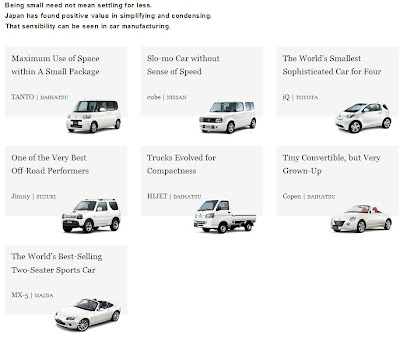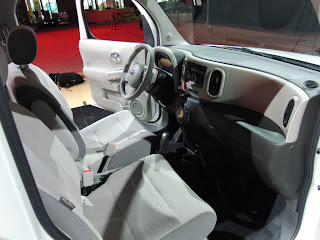
China has decided to put 60,000 new-energy vehicles on trial run in 11 cities in the next few years as part of the pilot project of developing its eco-friendly, fuel-efficient alternative-energy auto industry, said sina.com today.
Science and Technology Minister Wan Gang said earlier this week that China's auto industry now has the capability to develop and make alternative-energy vehicles to cut pollution and save fuel. In the coming three years, China will choose another 11 cities as pilot bases for the trial-run of 60,000 domestically made new-energy vehicles in public transportation, public services & facilities and postal services.
Currently, there are only small numbers of alternative-energy vehicles in trial service in Beijing, Shanghai, Tianjin, Wuhan, Zhuzhou and some other Chinese cities. During the Beijing 2008 Olympics in August, Changan, Chery, FAW-VW, Shanghai-VW, Dongfeng, and Foton provided nearly 600 new-energy vehicles to serve the global sports event. They include fuel-cell, all-electric and hybrid taxis, buses and other courtesy sedans that achieved zero-emission at and around the Olympic avenues.
China's EV (electric-vehicle)-oriented automakers, now only in a very small number, are required to reach the annual production of 500 new-energy vehicles by late 2009 and their total annual output should hit 10,000 units by 2010 for each of the designated cities to have enough EVs for trial operation. At the same time, the vehicle standards, quality and stability will be strictly observed to meet the new-energy vehicle requirements.
The Chinese government has invested at least 800 million yuan ($117.2 million) in developing the EV industry. The government will support auto makers' research in the area through financial assistance and preferential policies, and will also give subsidies and tax breaks to individual and corporate buyers of alternative-energy vehicles, said a finance ministry official recently.
Source: Gasgoo
Science and Technology Minister Wan Gang said earlier this week that China's auto industry now has the capability to develop and make alternative-energy vehicles to cut pollution and save fuel. In the coming three years, China will choose another 11 cities as pilot bases for the trial-run of 60,000 domestically made new-energy vehicles in public transportation, public services & facilities and postal services.
Currently, there are only small numbers of alternative-energy vehicles in trial service in Beijing, Shanghai, Tianjin, Wuhan, Zhuzhou and some other Chinese cities. During the Beijing 2008 Olympics in August, Changan, Chery, FAW-VW, Shanghai-VW, Dongfeng, and Foton provided nearly 600 new-energy vehicles to serve the global sports event. They include fuel-cell, all-electric and hybrid taxis, buses and other courtesy sedans that achieved zero-emission at and around the Olympic avenues.
China's EV (electric-vehicle)-oriented automakers, now only in a very small number, are required to reach the annual production of 500 new-energy vehicles by late 2009 and their total annual output should hit 10,000 units by 2010 for each of the designated cities to have enough EVs for trial operation. At the same time, the vehicle standards, quality and stability will be strictly observed to meet the new-energy vehicle requirements.
The Chinese government has invested at least 800 million yuan ($117.2 million) in developing the EV industry. The government will support auto makers' research in the area through financial assistance and preferential policies, and will also give subsidies and tax breaks to individual and corporate buyers of alternative-energy vehicles, said a finance ministry official recently.
Source: Gasgoo












































